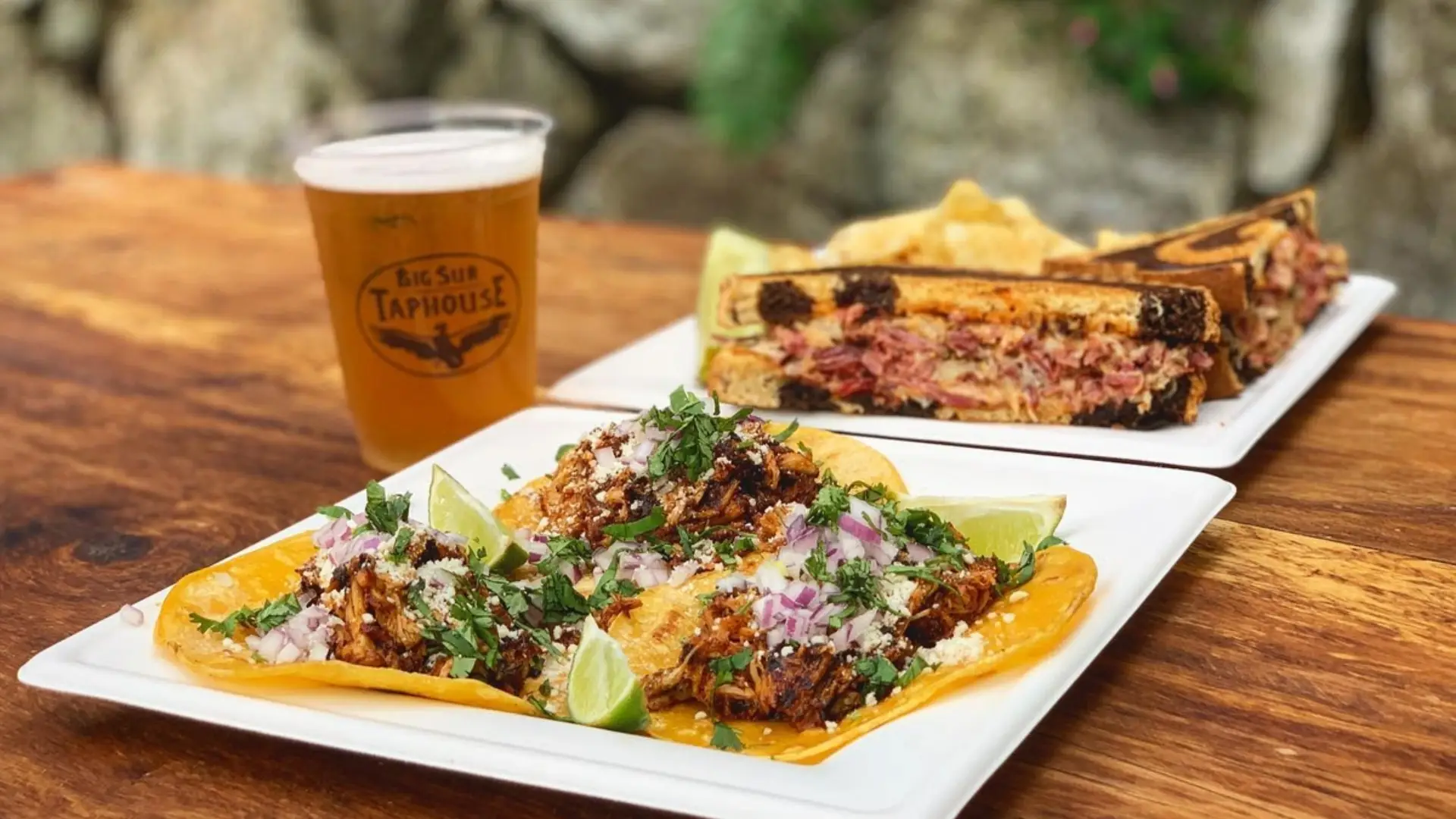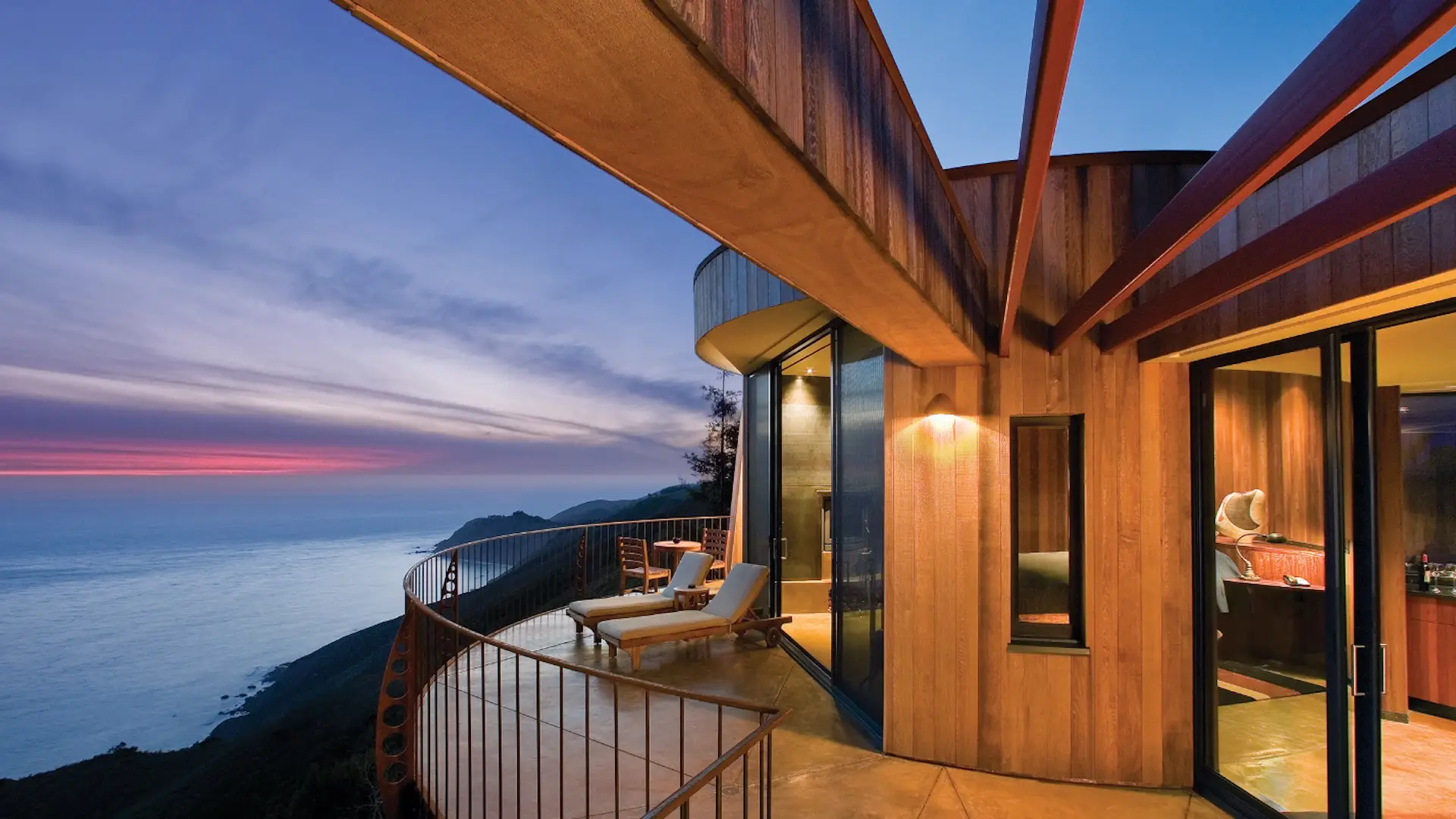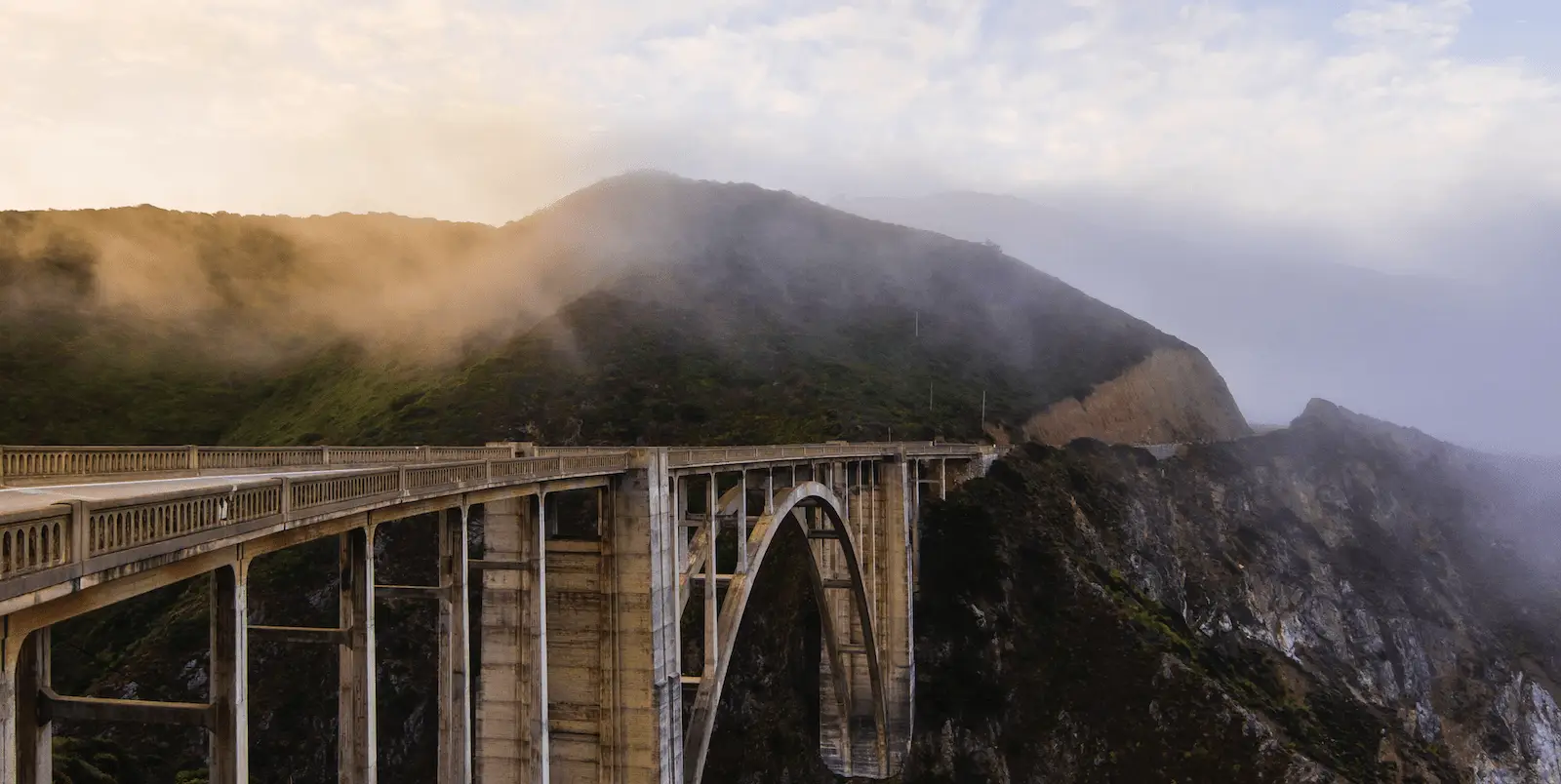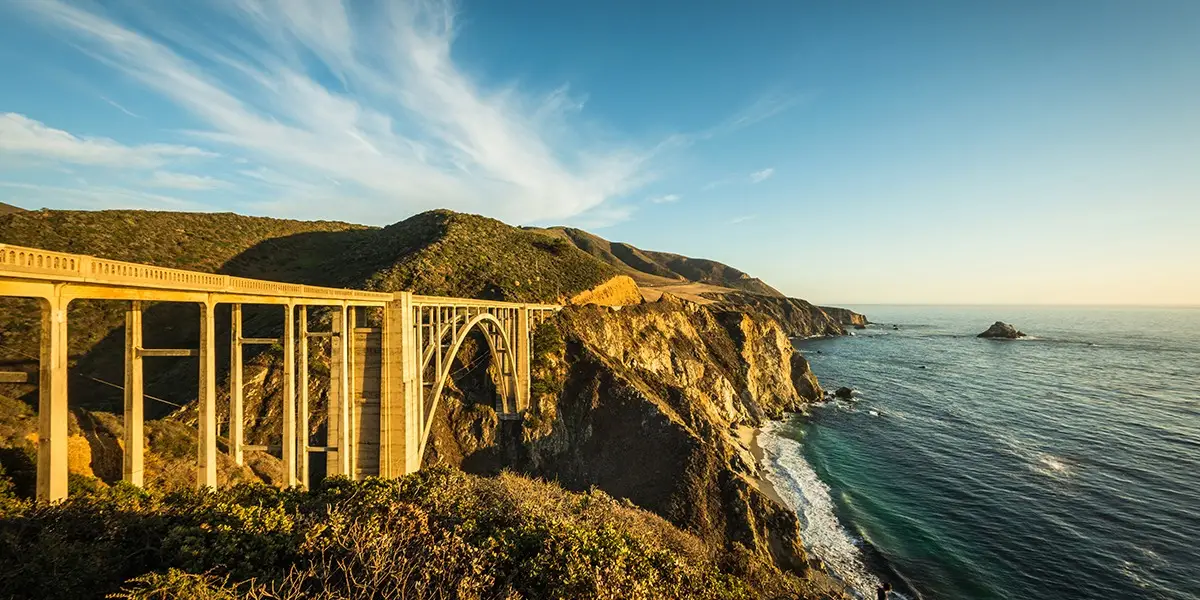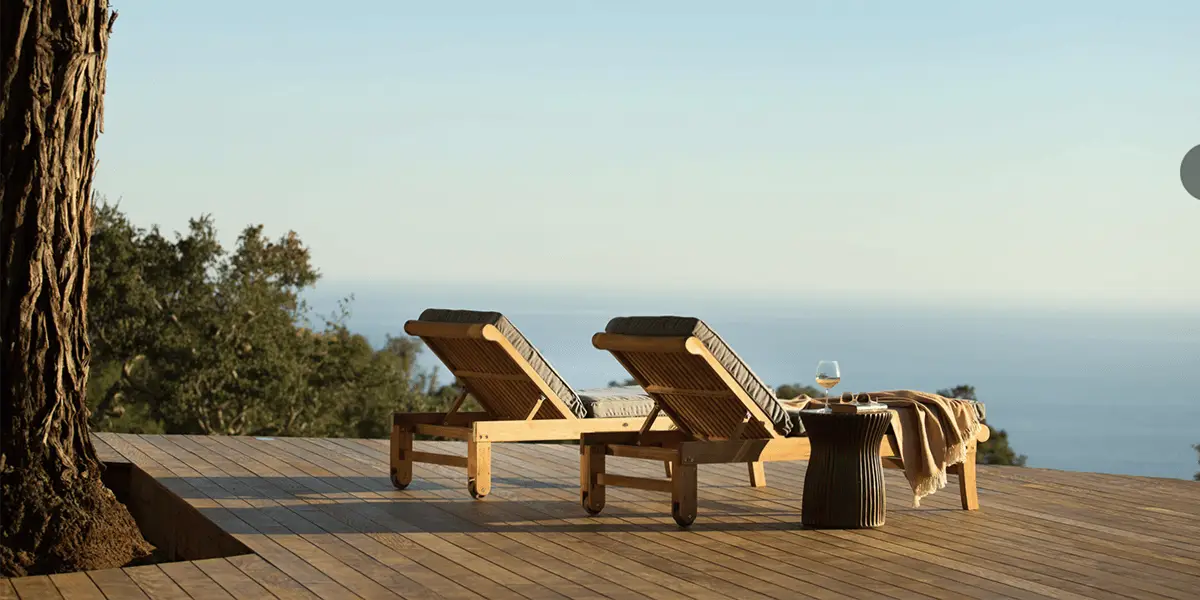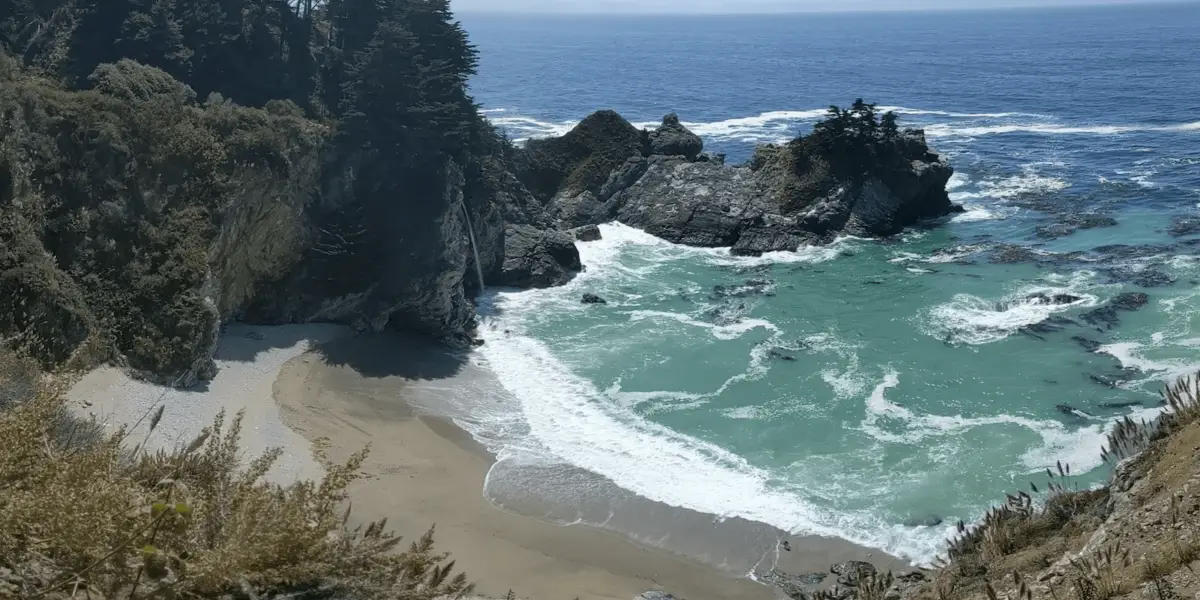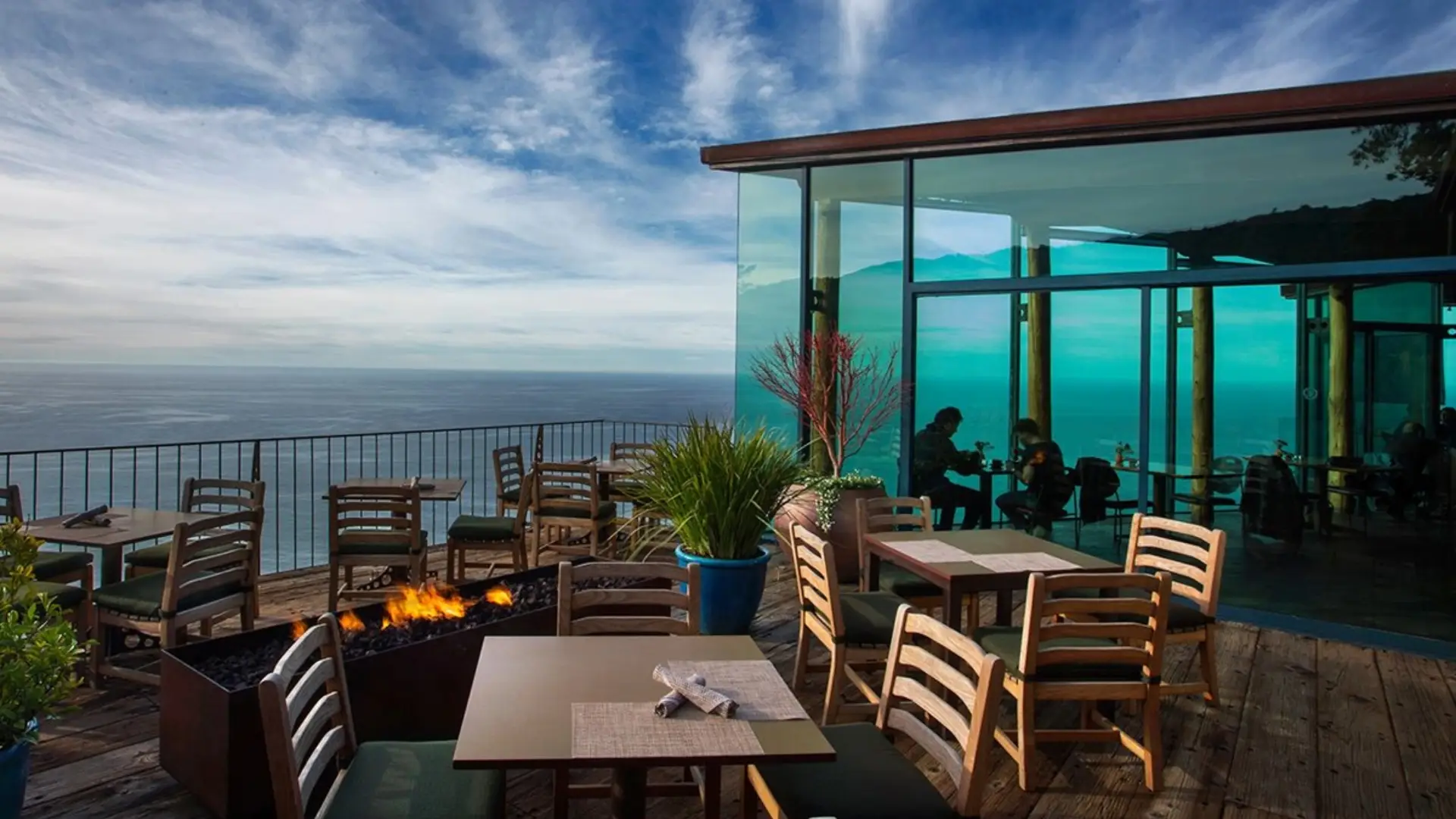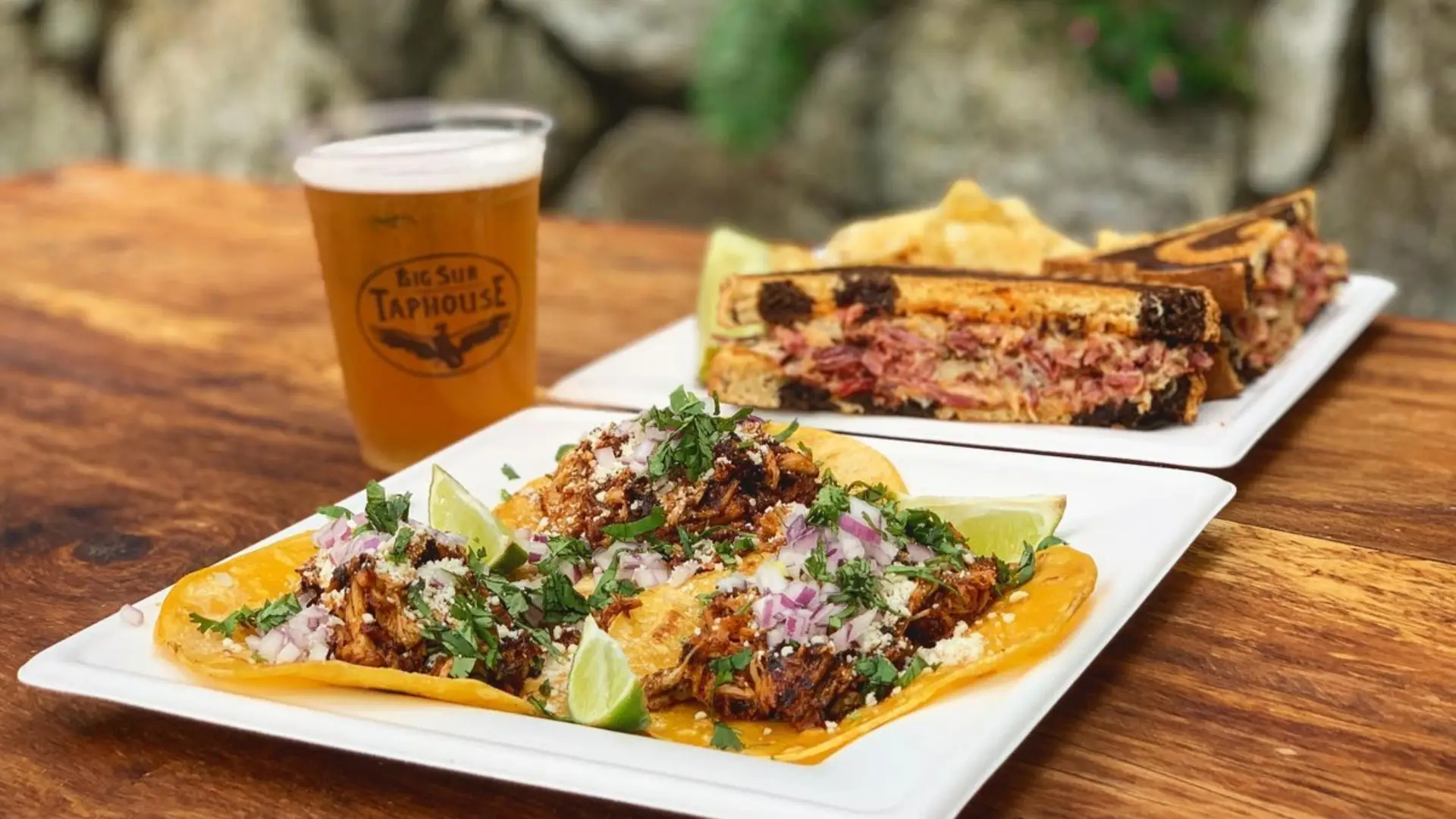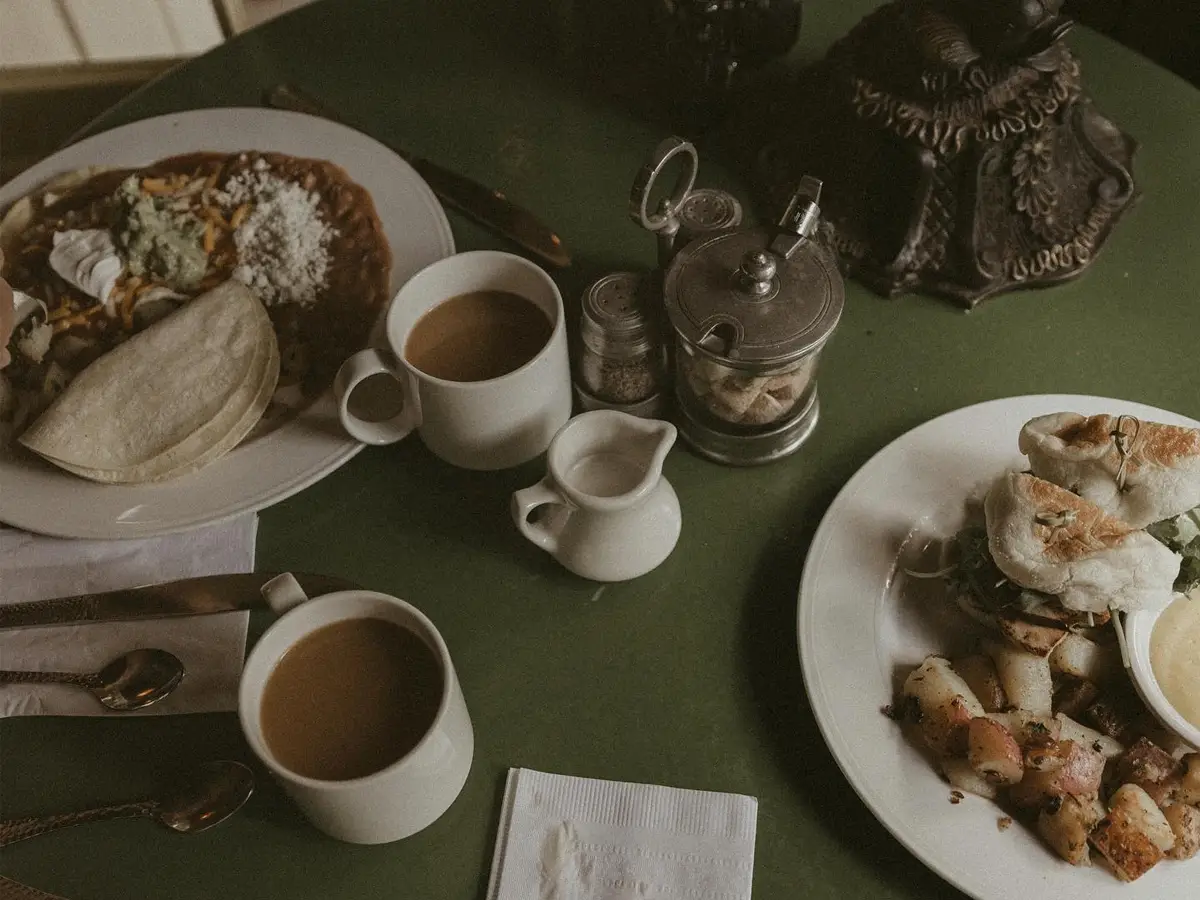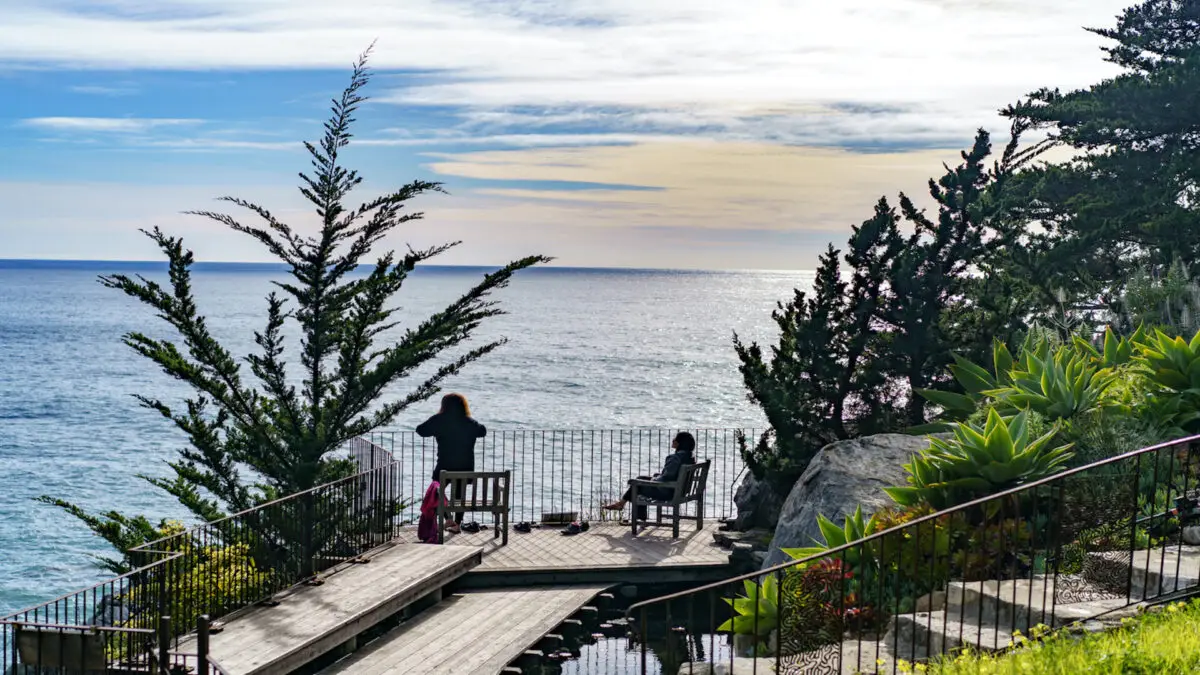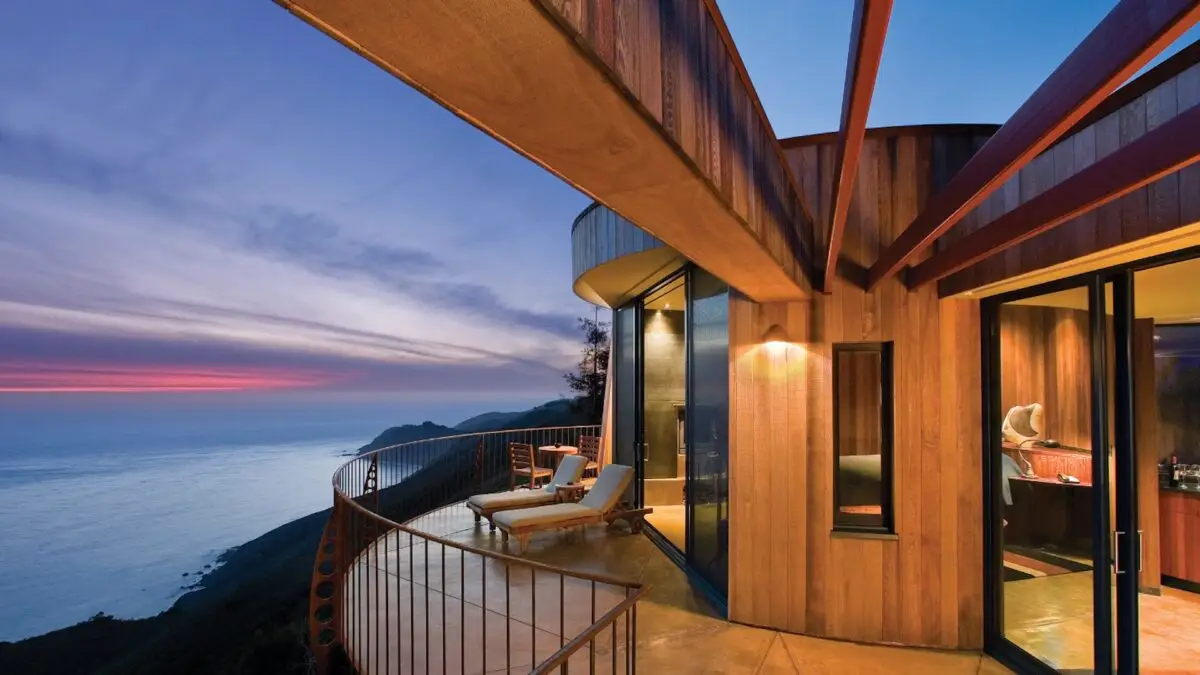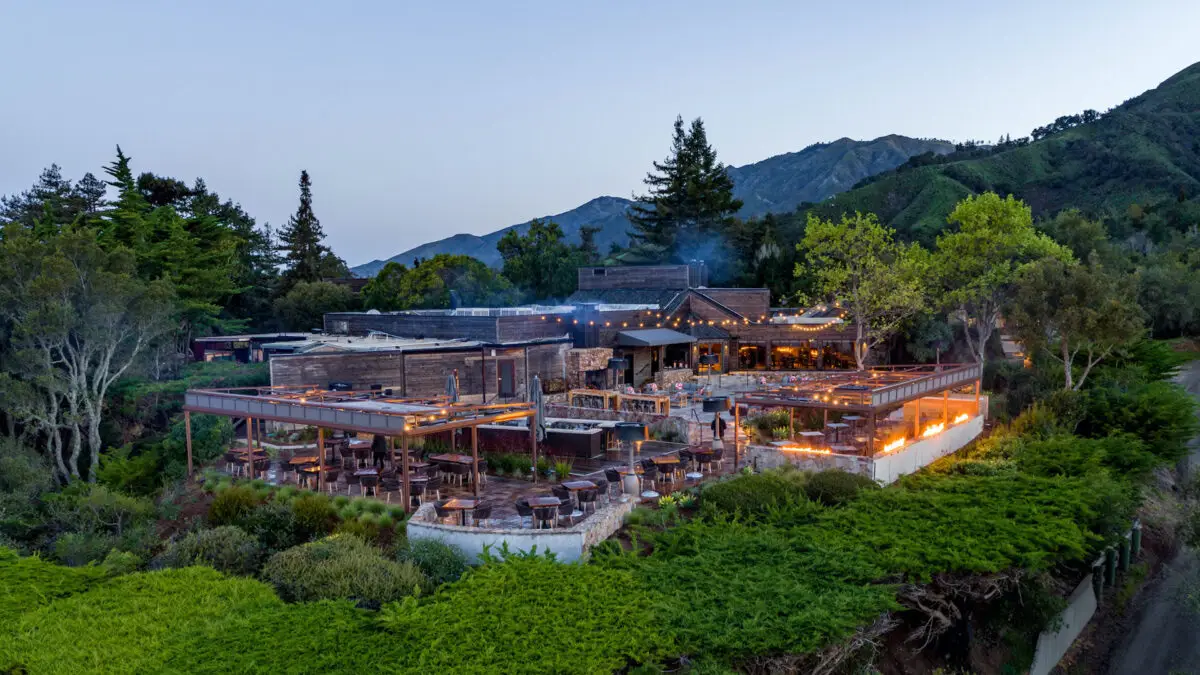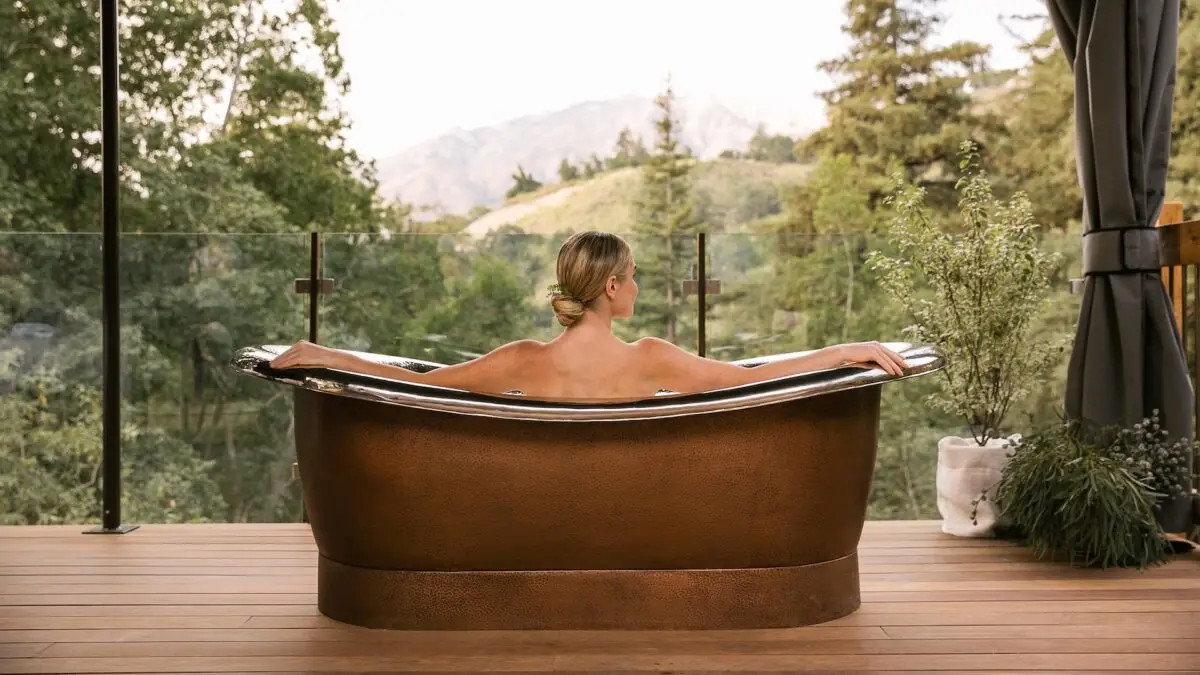Explore Big Sur
Travel Big Sur Like a Local
Everything you need to know about visiting Big Sur, curated by local experts
- Big Sur is not an independent legal town or city but is rather considered a region within California
- It’s prohibited to use a lasso to fish in Big Sur.
- There is an 80-foot waterfall that leads directly to the ocean
- In the 1950s, Big Sur became a popular retreat for artists, actors and writers
- The dummer, Flea, from the Red Hot Chilli Peppers calls Big Sur home
About three hours south of San Francisco lies a 100-mile stretch of untouched Pacific coastline called Big Sur. It extends along Highway 1 from Carmel to San Simeon, surrounded by state parks, ocean views and preserved land. It is considered to be one of the most scenic drives in the country.
Over eight beaches make up the beautiful coastline — the most popular beaches being Sand Dollar Beach and the Point Lobos Headlands. Some beaches require a hike to get to, so make sure you research your destination ahead of time.
With over 300 square miles of pristine coastline, forest and state parks, there are countless activities for everyone to enjoy. Some of the many activities in the region include hiking, camping, guided tours, and surfing. Camping reservations are required at some state parks and can be made up to six months in advance.
Big Sur offers a wide range of lodging and dining accommodations from luxury to affordable options. The Ventana Big Sur, Big Sur Lodge and the Treebones Resort are some of the best hotels in the area, offering luxury and unique accommodations. You can read more about accommodations and restaurants in Big Sur below.
The Esselen Native American tribe were the original inhabitants of the Big Sur region. The name Big Sur comes from the Spanish settlers’ original name for the area, El Sur Grande, which means “The Big South”.

